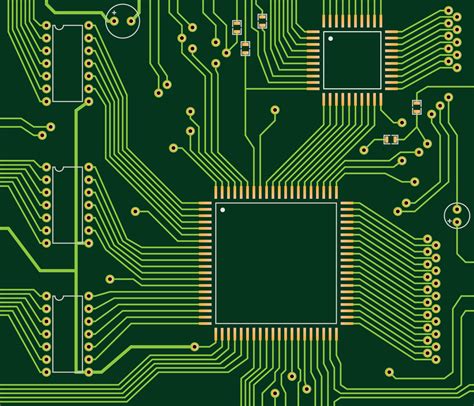
What material group is FR4?
What is FR4? FR4 is a composite material made from woven fiberglass cloth with an epoxy resin binder. The “FR” stands for “Flame Retardant,” indicating[…]
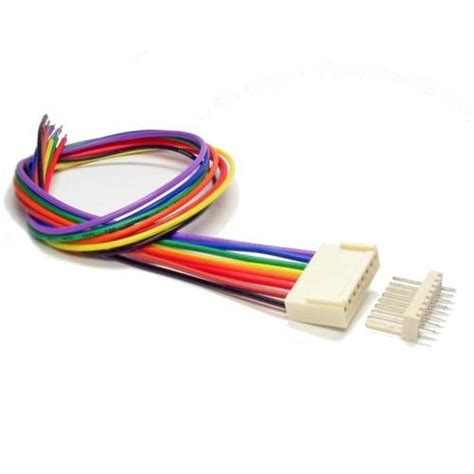
What material is used in PCB wire?
Introduction to PCB wire PCB wire, also known as printed circuit board wire, is a crucial component in the manufacturing of electronic devices. It is[…]
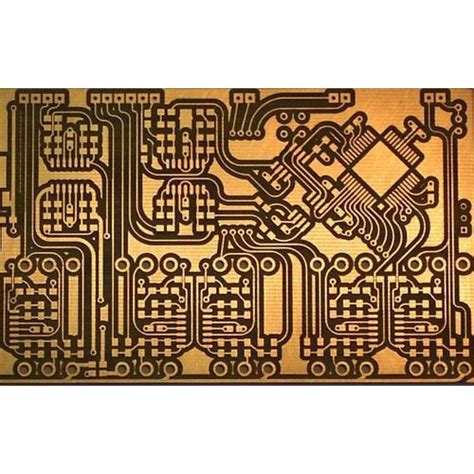
What metal is used in PCB?
Types of metals used in PCB Copper Copper is the most commonly used metal in PCB fabrication due to its excellent electrical conductivity, thermal conductivity,[…]

What are the rules for PCB traces?
Introduction to PCB Trace Rules Printed Circuit Boards (PCBs) are the backbone of modern electronics. They provide a platform for interconnecting various components and ensuring[…]
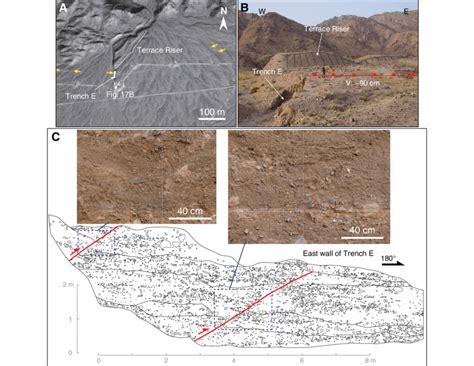
How do you trace a fault in PCB?
What is Fault Tracing? Fault tracing is the process of systematically identifying, isolating, and diagnosing problems in a PCB. The goal is to pinpoint the[…]
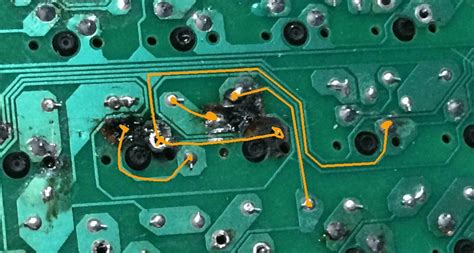
How are PCB traces made?
What are PCB traces? PCB traces are the conductive paths that electrically connect different components on a printed circuit board. These traces are typically made[…]
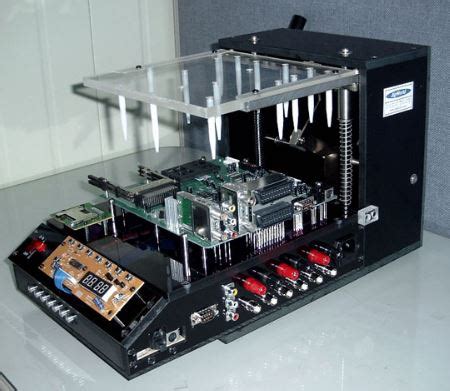
How do you test for PCB traces?
Introduction to PCB Trace Testing Printed Circuit Board (PCB) trace testing is a critical step in the manufacturing process to ensure the reliability and functionality[…]
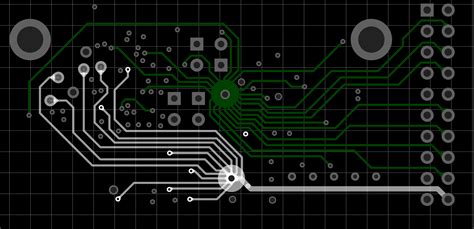
How do you trace a PCB board?
What is PCB tracing? PCB tracing is the process of following the electrical pathways on a printed circuit board to understand its functionality, identify potential[…]
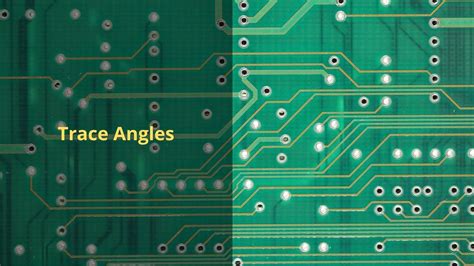
What are PCB traces made of?
Understanding PCB traces What are PCB Traces? PCB traces are the thin, conductive paths etched or printed onto the surface of a printed circuit board.[…]
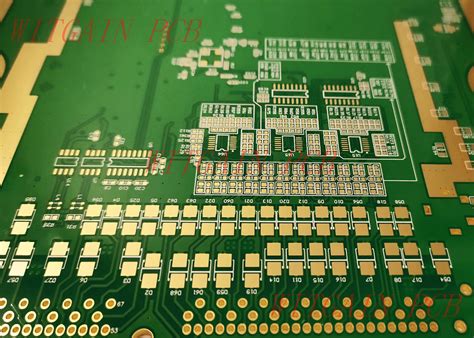
What are the properties of FR4 substrate and why specifically FR4 is commonly used?
What is FR4 substrate? FR4 (Flame Retardant 4) is a composite material composed of woven fiberglass cloth with an epoxy resin binder. The “FR” in[…]